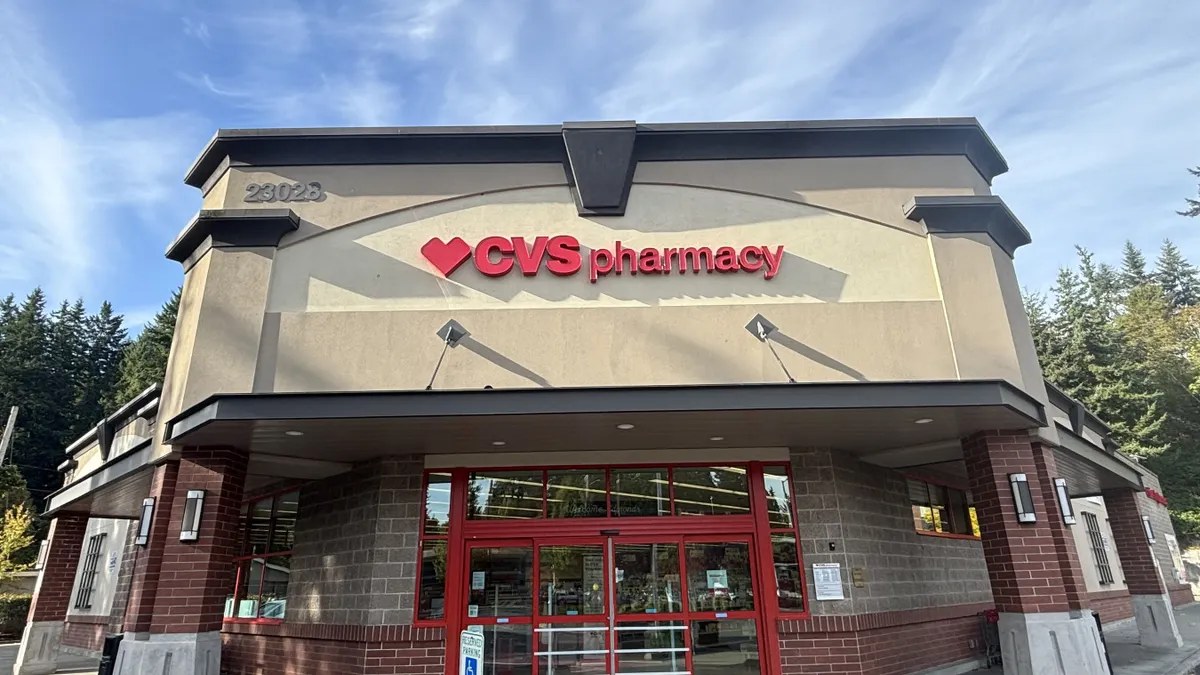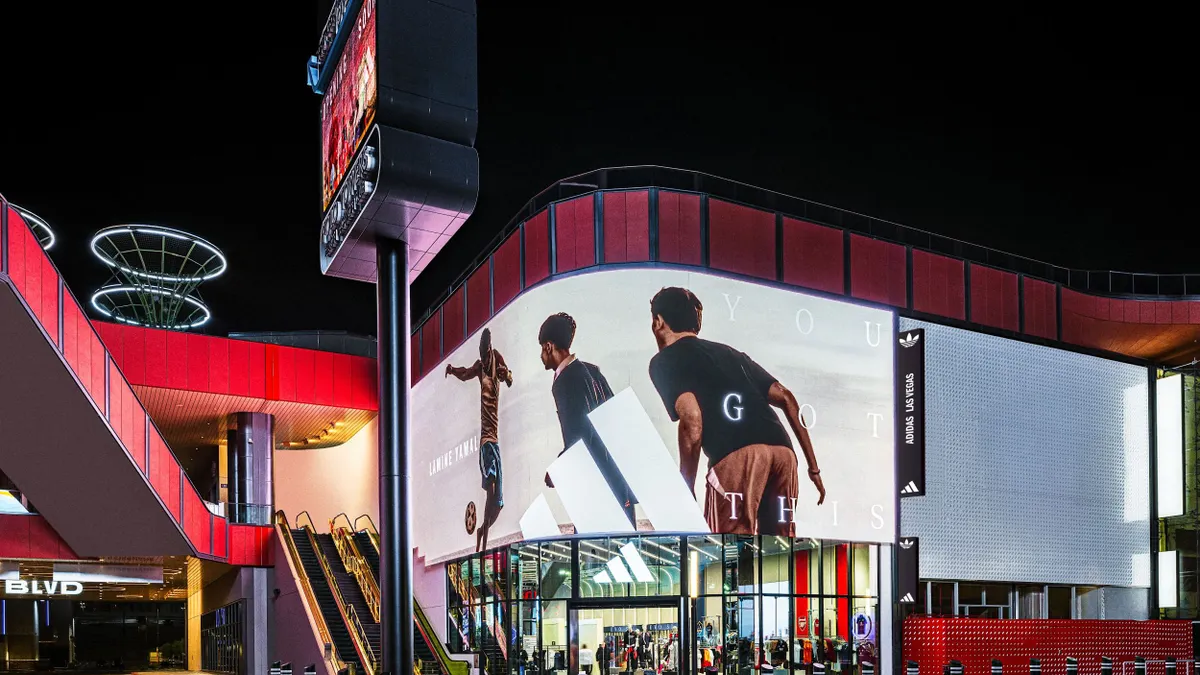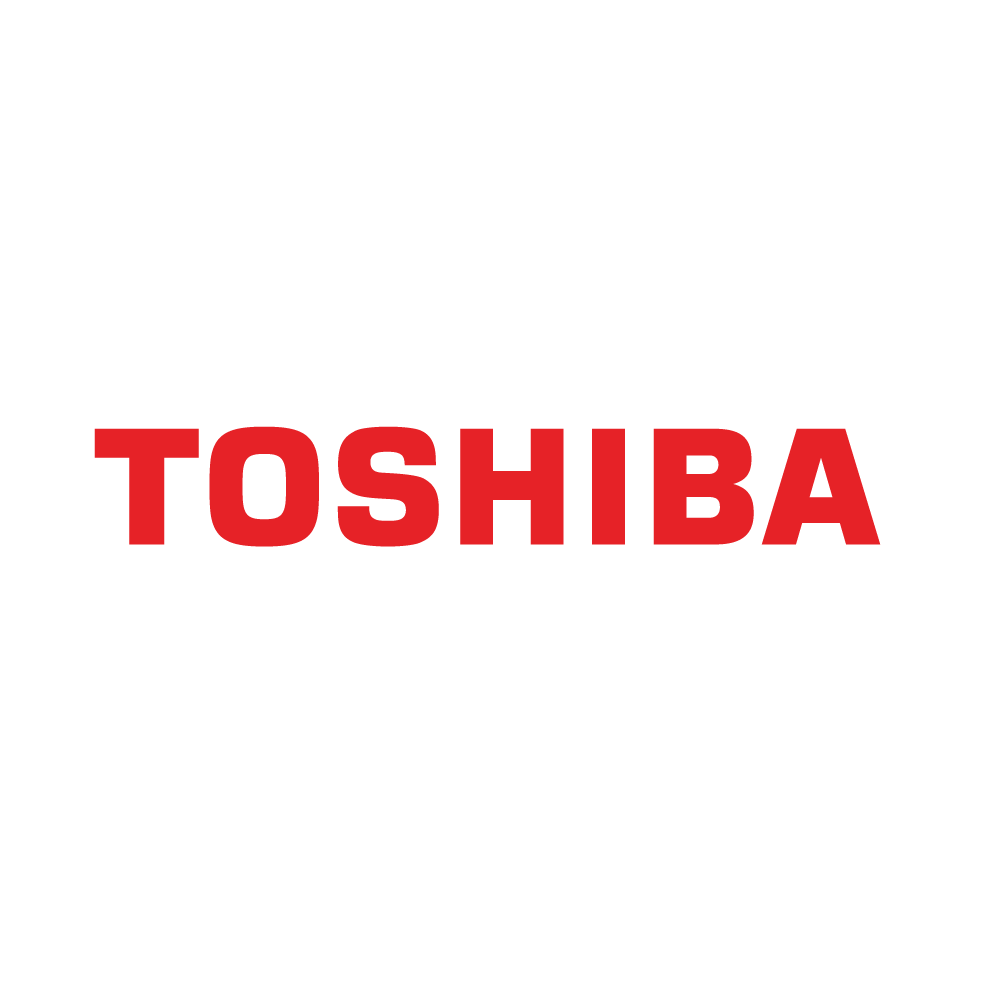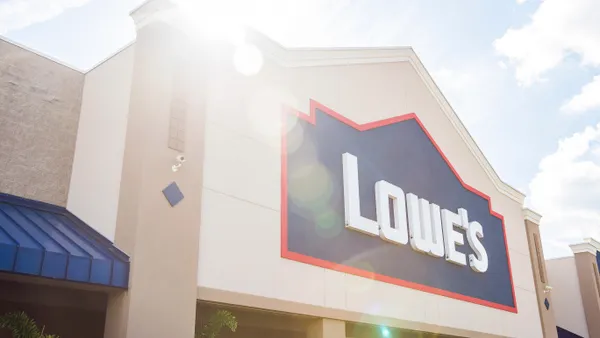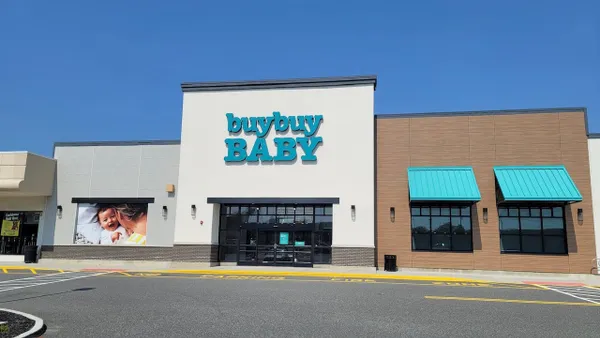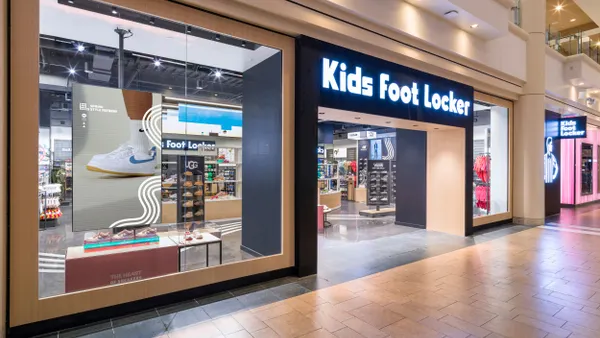CVS has completed a deal to buy 63 Rite Aid and Bartell Drugs stores in Idaho, Oregon and Washington. As part of the deal, which comes five months after Rite Aid filed for bankruptcy, CVS will also acquire the customer prescription files of 626 locations across 15 states.
The agreement was first announced in May, though CVS at that time planned to acquire 64 locations and 625 prescription files. The transfer of assets was approved by a bankruptcy judge later that month.
CVS is also bringing on more than 3,500 employees from the defunct chain and has made “targeted investments” in existing CVS locations to meet the needs of new shoppers. That includes adding more support and improving training programs for associates.
"We're helping maintain and expand access to convenient and trusted pharmacy care across the U.S. and growing our retail footprint and presence in local communities,” Len Shankman, executive vice president and president of Pharmacy and Consumer Wellness at CVS Health, said in a statement. “From our innovative pharmacy care programs to our exclusive store brand products, we look forward to showing Rite Aid and Bartell Drugs patients and customers all that CVS has to offer."
Indeed, CVS gains access to 9 million customers through the deal. The pharmacy chain said it prioritized convenience and access to necessary prescriptions in selecting the stores and files it acquired. Nearly half of CVS locations that received new prescription files are within a mile of a former Rite Aid store and most are within three miles, per the company.
All told, Rite Aid sold off more than 1,000 of its almost 1,300 locations it ran at the time of filing. The drugstore retailer went into Chapter 11 looking for a buyer, but turned to liquidation when no one came forward. Rite Aid finished closing down its store footprint earlier this month.
It was the chain’s second bankruptcy filing in two years, with the second coming just eight months after it exited the first.
In its first Chapter 11, Rite Aid slashed $2 billion in debt and netted some $2.5 billion in exit financing. That wasn’t enough to put the retailer back on track, though, as vendors maintained strict terms and debt levels remained high. Those factors, alongside shifts in consumer behavior that challenged its front-end retail business, sent the retailer back to court.



